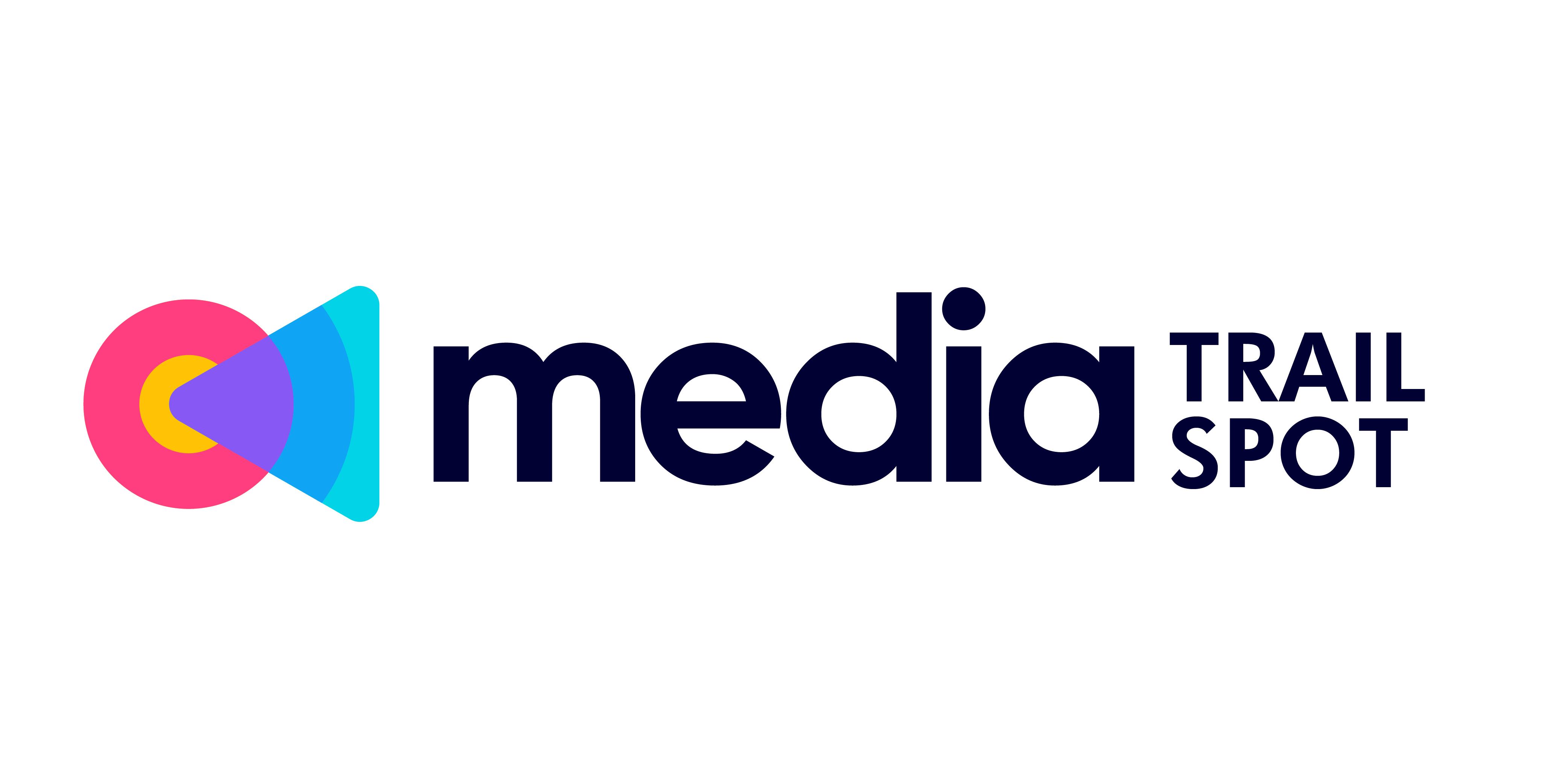The Changing Face of Broadcast Media
Broadcast television is undergoing a defining transformation—and fast. The traditional model of scheduled, appointment-based programming is giving way to a streaming-first mindset. In 2024, all eyes are on how major networks respond to evolving viewer habits, dwindling cable subscriptions, and the pressure to capture on-demand audiences.
From Primetime to Primed for Streaming
Major broadcast networks are doubling down on digital platforms. Viewers are no longer waiting for scheduled shows—they’re seeking content when and where they want it. In response:
- Flagship shows are being launched exclusively on network-affiliated streaming apps
- Primetime slots are used as promotions for streaming-exclusive versions of hit series
- Some networks are bypassing cable altogether for certain original content
These shifts point to a growing preference for adaptable, binge-ready formats that fit modern time-shifting habits.
Cable’s Decline: A Measurable Fade
Cable TV isn’t dead—but it is fading, particularly in younger and urban demographics. Recent data shows:
- A steady year-over-year decline in cable subscriptions, especially among adults under 40
- Regional disparities, with rural markets retaining cable longer due to limited broadband access
- Increasing turnover from cable to streaming bundles like Hulu + Live TV, YouTube TV, and Sling
Audiences are choosing flexibility and personalization over traditional channel lineups.
This Week’s Programming Shakeups
In this week’s headlines:
- NBC announced it will move select sports programming—including midweek Premier League games—to Peacock exclusively
- ABC pulled two low-performing primetime shows from its spring lineup, replacing them with reality-based programming
- CBS greenlit a “streaming-first” drama series tied to one of its legacy franchises, with episodes debuting on Paramount+ before airing on television
These decisions reflect how networks are no longer treating streaming as overflow space. Instead, it’s becoming the new frontline for programming strategy.
Social Media Platforms Tighten Control
Instagram’s latest algorithm tweak doubles down on originality over duplication. Posts that are reshared too often—especially from other platforms—get deprioritized. The new ranking system favors creators producing in-app content that earns meaningful interactions, like shares, saves, and comments. Static images still work, but short-form video (Reels) continues to dominate. The algorithm now watches not just how often you post, but how long your content holds attention.
Over on Twitter/X, policy shifts have twisted the flow of real-time news. With verification tied to subscriptions and tighter restrictions on API access, discovery is more fractured. Journalists and news outlets without paid checkmarks are less likely to pop into timelines. The result: traditional news gets buried, while algorithmically favored voices—whether credible or not—get a bigger share of the feed.
Meanwhile, emerging platforms like Bluesky, Mastodon, and Lemon8 are building small but active user bases. While they’re not exactly mainstream yet, creators and digital journalists are staking early claims there, often in search of more algorithm transparency and community-driven momentum. Keep eyes on them—what starts niche today can flip to influence tomorrow.
Streaming Giants: Growth or Growing Pains?
The streaming industry continues to evolve rapidly—but with that growth comes turbulence. While platforms aim for profitability, viewers are noticing clearer shifts in pricing, content availability, and competition.
Netflix’s Ad-Tier: A Worthwhile Gamble?
Netflix’s ad-supported tier has been one of the most-watched experiments in streaming.
- Designed to attract price-conscious users without sacrificing reach
- Reports suggest modest success, with higher-than-expected engagement from ad-tier subscribers
- Uncertainty remains about long-term profitability and advertiser satisfaction
Key Takeaway: It’s a strategic play for scale, but the jury’s still out on how it impacts user retention over time.
Content Cuts at Disney+ and HBO Max
Both Disney+ and HBO Max have been aggressively slashing costs—and content.
- Titles abruptly removed from platforms to avoid residual payments
- Subscribers left questioning the value of content libraries that can vanish overnight
- Churn rates on the rise, as loyalty gives way to frustration
These moves save money in the short term, but risk long-term erosion of trust and brand loyalty.
Unexpected Competition Is Heating Up
While traditional streaming battles rage on, new contenders are gaining ground:
- YouTube TV continues to grow by blending live TV with on-demand convenience
- FAST channels (Free Ad-Supported Streaming Television) are drawing viewers looking for curated, low-commitment content
- Niche platforms and bundling strategies are redefining what “streaming success” looks like
Streaming’s next phase isn’t just about who has the best premium shows—it’s about availability, flexibility, and perceived value.
What’s Next?
- Platforms will have to balance profitability with content satisfaction
- Watch for more experimentations in pricing models, bundling, and hybrid content strategies
In short, 2024 might be less about winning the streaming wars—and more about surviving them.
Journalism in a Post-Clickbait Era
The numbers aren’t lying—clicks are losing their clout. Newsrooms are finally pivoting from sensational headlines to something that’s been in short supply online: trust. With misinformation fatigue setting in across audiences, outlets large and small are rethinking their metrics. Instead of viral traffic spikes, credibility, loyalty, and meaningful reader time are moving to the top of the priority list.
This shift is giving indie journalism room to thrive. Platforms like Substack have turned newsletters into newsrooms, and voices that once fought for column inches are now self-sustained by paid subscribers. Readers are trading flashy for focused, choosing depth over dopamine. Expect that trendline to keep rising.
At the same time, AI-powered rewriting is entering the conversation—quietly. While it’s tempting for cash-strapped teams to rely on automation for quick posts or SEO padding, it’s a double-edged sword. Overused, it dilutes voice, originality, and trust—the very things audiences want more of right now. Newsrooms that use AI to enhance reporting, not replace it, are the ones more likely to hold ground in the long game.
Spotlight: Digital Platforms vs. Traditional Media
The tilt toward digital-first media isn’t a trend anymore—it’s the terrain. Outlets born online are now dictating the pace, tone, and format of what modern news consumption looks like. They move faster, experiment more, and pivot without the bureaucratic drag that slows legacy publishers. Platforms like YouTube, TikTok, and Substack aren’t just hosting content—they’re shaping it.
For traditional media, this shift has been a forcing function. Some legacy players are adapting—spinning up podcast arms, prioritizing newsletters, or leaning into personality-driven journalism. Others are folding, quietly or otherwise, unable to match the demands of an algorithm-driven world where engagement is currency.
This isn’t just about survival. It’s about staying relevant in an environment where the platform is often more powerful than the publication. For a deeper dive into what’s driving the split—and who’s winning where—check out The Impact of Digital Platforms on Traditional Media.
Advertising Shifts: Follow the Dollars
Ad dollars are in motion—and they’re not going where they used to. Instead of scattering budgets across big-name influencers or broad campaigns, brands are aiming for precision. The biggest winners? Targeted video and podcasting. These formats offer native-style engagement and better data for ROI, making them irresistible to marketers who want more than just eyeballs.
Influencer spend is seeing a pullback. Not a collapse, but a calculated pause. Companies have grown tired of inflated numbers and vague impact. Instead, they’re pouring that money into content integration that rings true—think sponsorships wrapped into YouTube series, or co-branded podcast segments that feel organic, not interruptive.
Audio is having a quiet comeback. Once seen as background noise, podcast ads are now praised for reach and stickiness. The medium allows deeper storytelling, and ads feel more trusted when delivered by familiar voices. It’s not just about being heard—it’s about being believed.
In short, 2024’s ad game is less flash, more fit. If it doesn’t speak directly to a valuable audience, it’s off the board.
Looking Ahead
Key Media Trends to Watch Next Week
As the media landscape continues shifting, industry professionals should keep a close eye on emerging signals that could shape the next quarter. Here’s what to watch:
- Platform Policy Updates: Several major social apps are testing new controls that could affect content visibility and ad reach.
- Streaming Service Announcements: Rumors suggest upcoming changes in pricing models and bundled services.
- Tech Partnerships in Media: AI and automation tools are being quietly adopted in production pipelines—especially in regional networks.
Early Signals in Regulation and Global Shifts
The regulatory climate around media is also tightening, with some headlines worth tracking:
- Global Regulatory Moves
- European Union signaling new scrutiny for media-tech mergers
- Asia-Pacific broadcasters responding to data sovereignty and digital licensing policy
- Tech & Data Regulation Updates
- Early drafts of U.S. legislation could redefine how data is collected and monetized for advertising
- AI-generated content standards are under debate in multiple countries
The Strategic Imperative: Stay Adaptive
In an environment governed by rapid change, media professionals no longer have the luxury of waiting to react. Strategy now requires flexibility built-in:
- Treat audience behavior as a moving target, not a fixed profile
- Bake experimentation into your content calendar
- Align KPIs with what actually matters today: engagement consistency, platform reach, and trust
Takeaway: Expect the rules to change—often. Those who succeed won’t just pivot fast, they’ll pivot smart.


 Susane Privetterry is a tech author at mediatrailspot known for her insightful writing on AI, digital tools, and modern technology trends. She simplifies complex topics, making them accessible and engaging for readers of all levels.
Susane Privetterry is a tech author at mediatrailspot known for her insightful writing on AI, digital tools, and modern technology trends. She simplifies complex topics, making them accessible and engaging for readers of all levels.

